Taiteii instant sunt unul dintre cele mai consumate alimente preparate din lume. Găsit în supermarketuri, Magazine convenabile, și gospodăriile de pe continente, sunt ieftine, rapid de pregătit, și disponibil în nenumărate arome. Dar în timp ce sunt iubiți pentru gustul și comoditatea lor, sunt de asemenea criticati frecvent pentru profilul lor nutritional. Acest lucru ridică două întrebări importante: Ce sunt exact tăițeii instant, si sunt ei sanatosi?
Oferim o explorare cuprinzătoare a tăițeilor instant, inclusiv istoria lor, procesul de producție instant de tăiței, ingrediente, compozitia nutritiva, efecte asupra sănătății, și inovații în evoluție pentru a le face mai sănătoase.
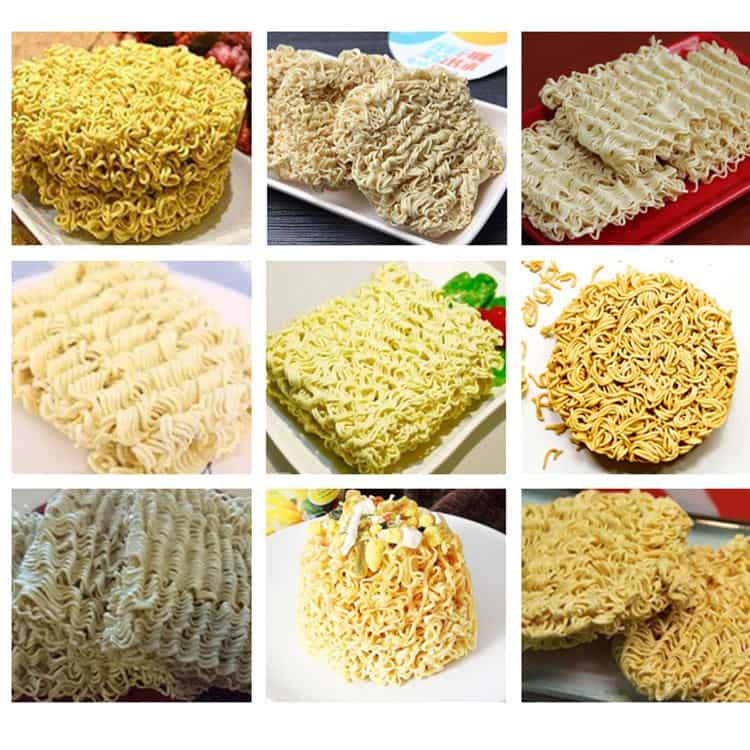
1. Originile tăițeilor instant
1.1 Context istoric
Povestea tăițeilor instant începe în 1958, când Momofuku Ando, un antreprenor japonez, a inventat primii tăiței instant ambalate din lume, cunoscut ca Chikin Ramen. Ideea lui era simplă, dar revoluționară: pregătiți și deshidratați tăițeii, astfel încât să poată fi rehidratați rapid cu apă fierbinte.
În 1971, au fost introduși primii tăiței de ceașcă, făcând tăiței instant și mai convenabil prin combinarea tăițeilor, condimente, și ambalare într-un singur recipient de porție.
De atunci, fidea instantă s-a transformat într-un fenomen global. Potrivit World Instant Noodles Association, mai mult decât 120 miliarde de porții sunt consumate în întreaga lume în fiecare an.
1.2 Popularitate globală
Fidea instantă a devenit un aliment de bază:
- Asia: China, Indonezia, iar India conduce în consumul total.
- Coreea de Sud și Japonia: Consumul pe cap de locuitor este printre cele mai ridicate din lume.
- piețele occidentale: Fidea cu ceașcă domină rafturile pentru alimente.
- Piețele emergente: Fideai instant sunt din ce în ce mai populari în Africa și America Latină ca mese ieftine.
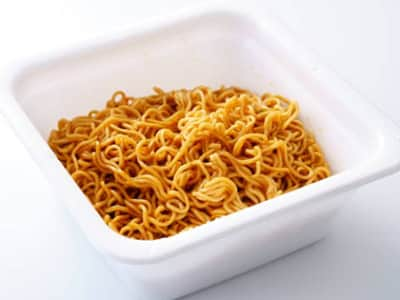
2. Ce sunt taiteii instant?
2.1 Definiţie
Fidea instant sunt pre-fierte, taitei deshidratati care poate fi preparat rapid prin adăugarea de apă clocotită. De obicei vin cu o plic de condimente conţinând bază de supă pudră, legume deshidratate, sau uleiuri aromate.
2.2 Ingrediente cheie
- făină de grâu: Principala materie primă, bogat în carbohidrați și proteine din gluten.
- Apă și kansui (apa alcalina): Contribuie la elasticitate și la culoarea galbenă caracteristică.
- Sare: Îmbunătățește textura și aroma.
- Pachete de condimente: Oferă varietate de gust, adesea inclusiv sare, glutamat monosodic (MSG), condimente, si legume deshidratate.
- Ulei (în tăiței prăjiți): Folosit în timpul procesului de prăjire pentru deshidratare și aromă.
2.3 Procesul de producție
Fabricarea tăițeilor instant urmează de obicei acești pași:
- Amestecarea: Făina și apa se combină pentru a forma aluatul.
- Folie și rulare: Aluatul este presat în foi subțiri.
- Tăiere: Foile sunt tăiate în fire de tăiței, uneori creţ, uneori drept.
- Aburire: Fidea sunt parțial gătite.
- Deshidratare: Fie prin prăjire în ulei încins (taitei prajiti) sau uscare cu aer cald (taitei neprajiti).
- Răcire și ambalare: Fidea sunt ambalate cu condimente în pungi sau căni.
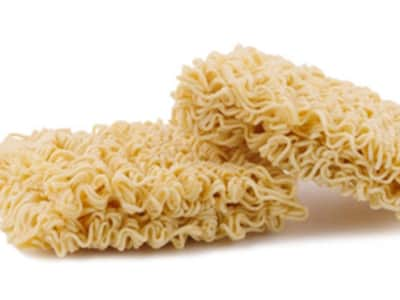
3. Profilul nutrițional al tăițeilor instant
3.1 Compoziție nutrițională standard
Conținutul nutrițional al tăițeilor instant variază în funcție de marcă și rețetă, ci o portie tipica (70–85 g taitei uscati) conţine:
- Calorii: 350-500 kcal
- Carbohidrați: 40-60 g
- Proteină: 6-10 g
- Grăsime: 12-20 g (tăițeii prăjiți conțin adesea mai mult)
- Sodiu: 800-2000 mg
- Micronutrienți: În general scăzut, dacă nu este fortificat
3.2 De ce sunt criticați tăițeii instant
- Conținut ridicat de sodiu: Aportul excesiv de sodiu este legat de hipertensiune arterială și boli cardiovasculare.
- Niveluri ridicate de grăsime: Taiteii prajiti absorb uleiul, creșterea densității calorice.
- Fibre și vitamine scăzute: Făina rafinată oferă energie, dar puțini nutrienți esențiali.
3.3 Beneficii nutriționale
În ciuda criticilor lor, fidea instant oferă unele beneficii:
- Mâncare densă energetic: Util în situații de urgență și regiuni cu venituri mici.
- Proteine din grâu: Deși nu la fel de mare ca carnea sau leguminoasele, fidea oferă încă aminoacizi esențiali.
- Potenţial de fortificare: În unele regiuni, fidea instant sunt fortificate cu fier, vitamina A, sau acid folic pentru a combate malnutriția.
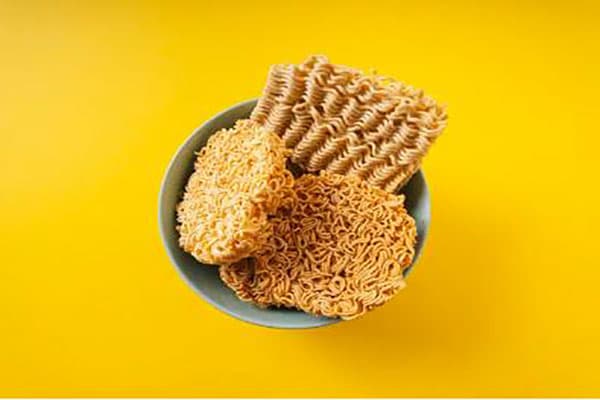
4. Taiteii instant sunt sanatosi?
4.1 Cazul împotriva taiteilor instant
Criticii subliniază că consumul frecvent de fidea instant poate:
- Contribui la hipertensiune arterială din cauza sodiului.
- Duce la crestere in greutate atunci când este consumat în exces din cauza densității calorice.
- Reduce diversitatea alimentară, deoarece sunt adesea consumate în locul alimentelor bogate în nutrienți.
4.2 Cazul pentru Fidea instant
Pe de altă parte, nota suporterilor:
- Fidea instant sunt sigur și igienic, produs conform standardelor stricte ale industriei alimentare.
- Ei sunt o sursă accesibilă de calorii pentru populațiile care se confruntă cu insecuritatea alimentară.
- Când este consumat cu moderație și asociat cu legume sau proteine, pot face parte dintr-o dietă echilibrată.
4.3 Descoperiri științifice
Cercetările arată că consumul ocazional de tăiței instant nu este dăunător pentru indivizi sănătoși. Principalele riscuri apar atunci când sunt consumate frecvent și înlocuiți alegerile alimentare mai sănătoase.
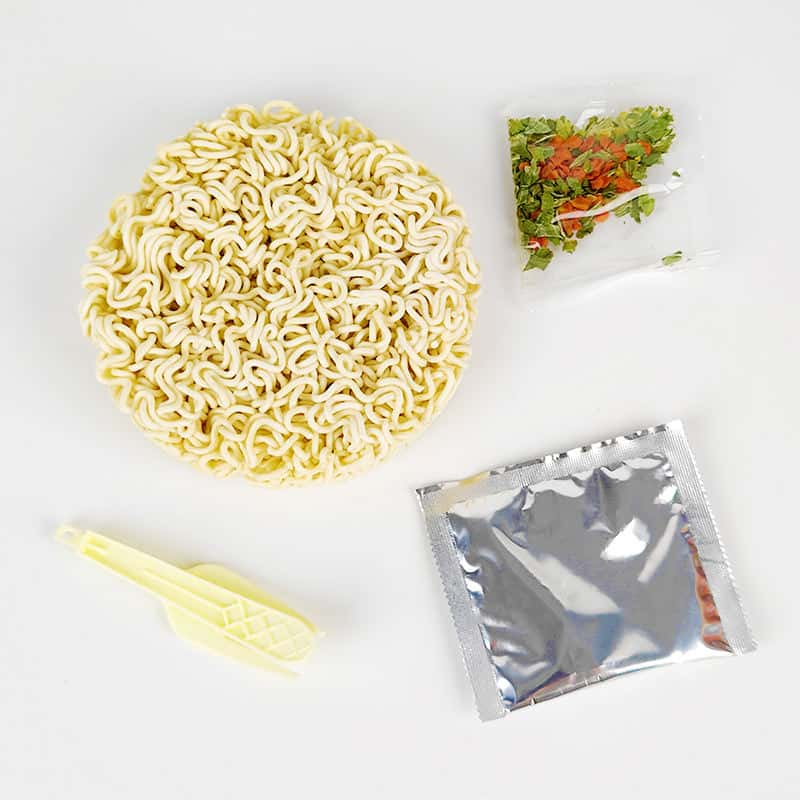
5. Alternative și inovații mai sănătoase
5.1 Taitei instant neprajiti
În loc să se prăjească, tăițeii pot fi uscați la aer, reducerea grăsimilor cu 50-70%.
5.2 Opțiuni cu cereale integrale și cu conținut ridicat de fibre
Unele mărci folosesc făină integrală de grâu, făină de orez brun, sau adăugați fibre pentru o nutriție îmbunătățită.
5.3 Taitei instant fortificati
Pentru a aborda malnutriția, multe țări au introdus tăiței fortificați îmbogățiți cu fier, calciu, si vitamine.
5.4 Taitei pe baza de plante si fara gluten
Fabricat din leguminoase, cartofi dulci, sau orez, aceste alternative se adresează consumatorilor conștienți de sănătate și intoleranți la gluten.
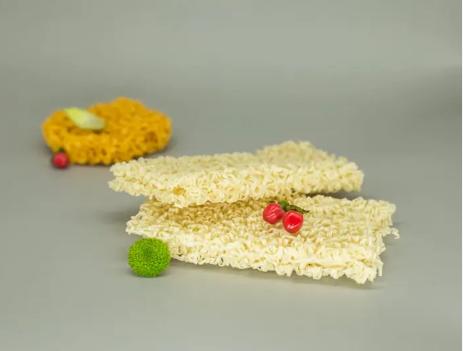
6. Cum să mănânci fidea instant mai sănătos
- Adăugați legume: Morcovi, spanac, ciuperci, și broccoli îmbunătățesc conținutul de vitamine.
- Includeți proteine: ouă, tofu, sau pui adaugă echilibru.
- Reduceți sodiul: Folosiți doar o parte din plicul de condimente.
- Se asortează cu fructe sau salată: Pentru a asigura o masă mai rotundă.
- Alegeți soiuri neprăjite sau fortificate: Pentru o nutriție mai bună.
7. Impactul social și cultural
Fidea instant sunt mai mult decât alimente:
- Ajutor de urgență: Distribuit în dezastre naturale datorită duratei lungi de valabilitate.
- Simbol cultural: Mai ales în Asia, unde aromele variază mult în funcție de regiune.
- Cultura pop: Apare în filme, anime, și arta ca simbol al confortului modern.

8. Ar trebui să mănânci tăiței instant?
Fidea instant sunt a inovație alimentară modernă care a transformat obiceiurile alimentare la nivel mondial. Sunt accesibil, convenabil, si gustoasa, dar fidea instant sunt un aliment sanatos. Consumat ocazional și combinat cu ingrediente bogate în nutrienți, se pot incadra intr-o dieta echilibrata.
Consumatorii conștienți de sănătate au acum mai multe opțiuni, ca neprajite, cereale integrale, și tăiței fortificați, arătând că tăițeii instant pot evolua cu nevoile alimentare în schimbare.
În cele din urmă, cheia este moderare: tăițeii instant sunt cel mai bine savurați ca opțiune convenabilă de masă, nu ca o bază alimentară.
